The (Unexpected) Key to a Project That Runs Like Clockwork
There’s a lot to be said about creating efficient processes to drive your agency projects. When you have a blueprint for how to handle all of those little moving parts, your client projects should run like clockwork. But what if I told you it’s actually not about templates, fancy software, or even outsourcing?
It all comes down to one word: LEADERSHIP.
A Lack of Leadership Is a Tough Pill to Swallow
I always thought of myself as a leader. Until I realized that I was acting more like an order-taker. And that was tough to admit to myself, but it was also the only way I could improve.
You might be in a similar situation and haven’t yet realized it. Think about it this way:
How often do you find that you put processes, timelines, or deadlines into place, and then the client just ignores them? Or your team ignores them. Or even YOU ignore them because something else in the moment would be faster, so you make your own shortcuts.
Those processes work until they don’t. Is that because that one client or one team member sucks? Is it because the process sucks?
That was always my first thought. Blame something else.
Even with “good” processes, I always thought that clients were the reason that projects went on forever and were ultimately unprofitable. You know the type: they took too long to respond to emails, nitpicked over revisions, gave feedback in a discombobulated way…
But then I realized—IT WAS ME!
I wasn’t showing up as the LEADER of the project.
I was letting clients dictate the process and the outcome, even though I thought I was doing it.
I mean, I was the leader, right? I had the contract. I set the timeline and the plan. I would tell clients the best way to get in touch with me, where and how to leave feedback, set deadlines for change requests—the whole works. So why weren’t they listening?
It’s because even though I was in charge of the project, I wasn’t acting like a leader. I didn’t have the right attitude. I didn’t bring confidence into my process.
I was clear, but I wasn’t firm. I was nice. A pushover, even.
When clients didn’t get back to me or send me things they had promised on time, I told them “no worries” while I secretly seethed inside.
When they needed more revisions, more time, or more opinions from their friends, I smiled and told them I would work around their schedule.
I LET THEM make the process inefficient.
And the result was that projects went on forever, and the outcome was never as good.
Leadership First, Processes Second
All that time I spent building processes trying to maximize my time and give my clients more attention wasn’t necessarily for nothing. But instead of only focusing on the work process, what I should have done is set stronger expectations for the client side of things. I wasn’t leading the project. I was just doing the project.
Do you want a process that starts and ends on time, as expected, EVERY TIME?
It’s about how YOU show up so a client WANTS to follow your lead.
Yes, templates, software, and outsourcing can help. But if you don’t get the LEADERSHIP part nailed first, that other stuff is just bandaids. Soggy bandaids that will get grimy and fall off your knee while you desperately try to stick them back on. They won’t protect you. In fact, they might make things worse because your clients will start seeing the cracks and know that you’re running a broken machine. And that’s no way to foster their trust and confidence.
Instead, I recommend building a process that allows you to firmly plant yourself as a leader. When you do, you can get your clients to follow your every move—and do so happily.
What does this process of leadership look like, you ask? It starts with learning the secrets to leading your clients and THEN using tools to amplify it.
For example, if clients don’t respond in a timely manner, or there’s one phase of every project that tends to stretch on forever, you can start weighing better approaches to those things that will keep clients engaged, aligned, and accountable for their role. Lead with purpose, support with processes.
How confident are you in your leadership skills with clients? What’s holding you back?

